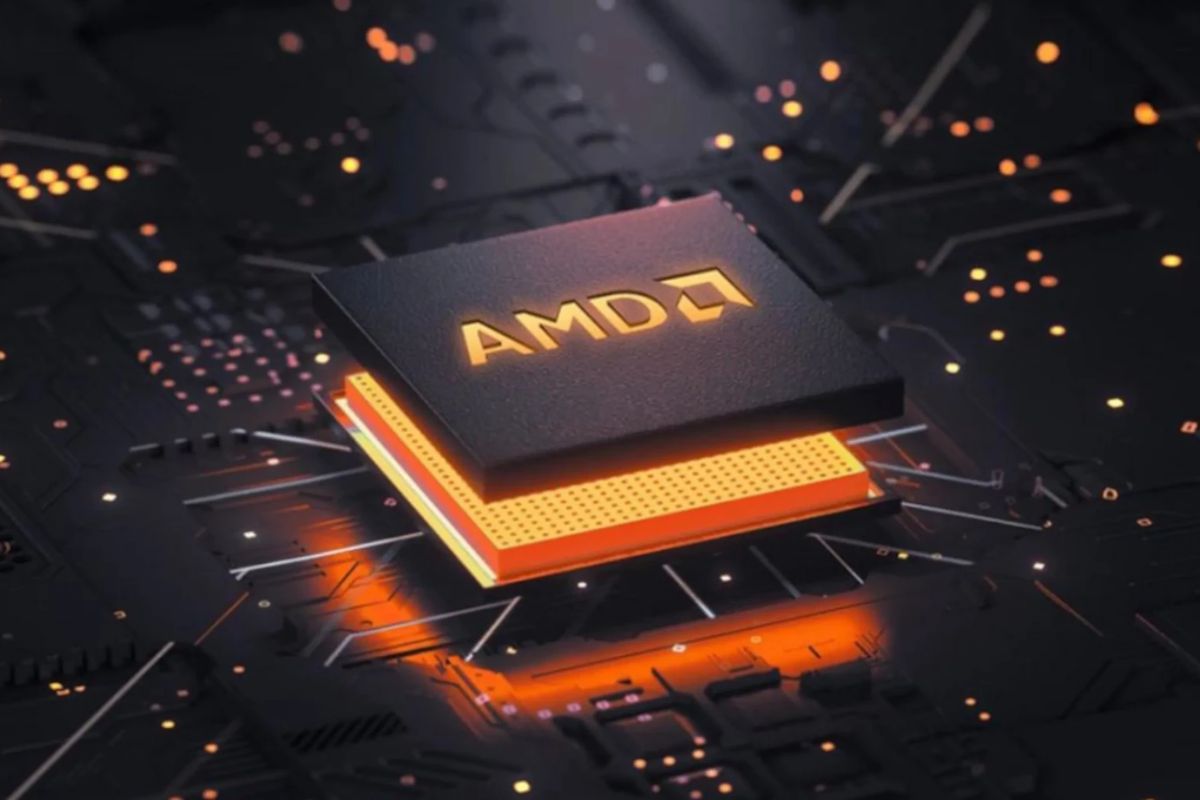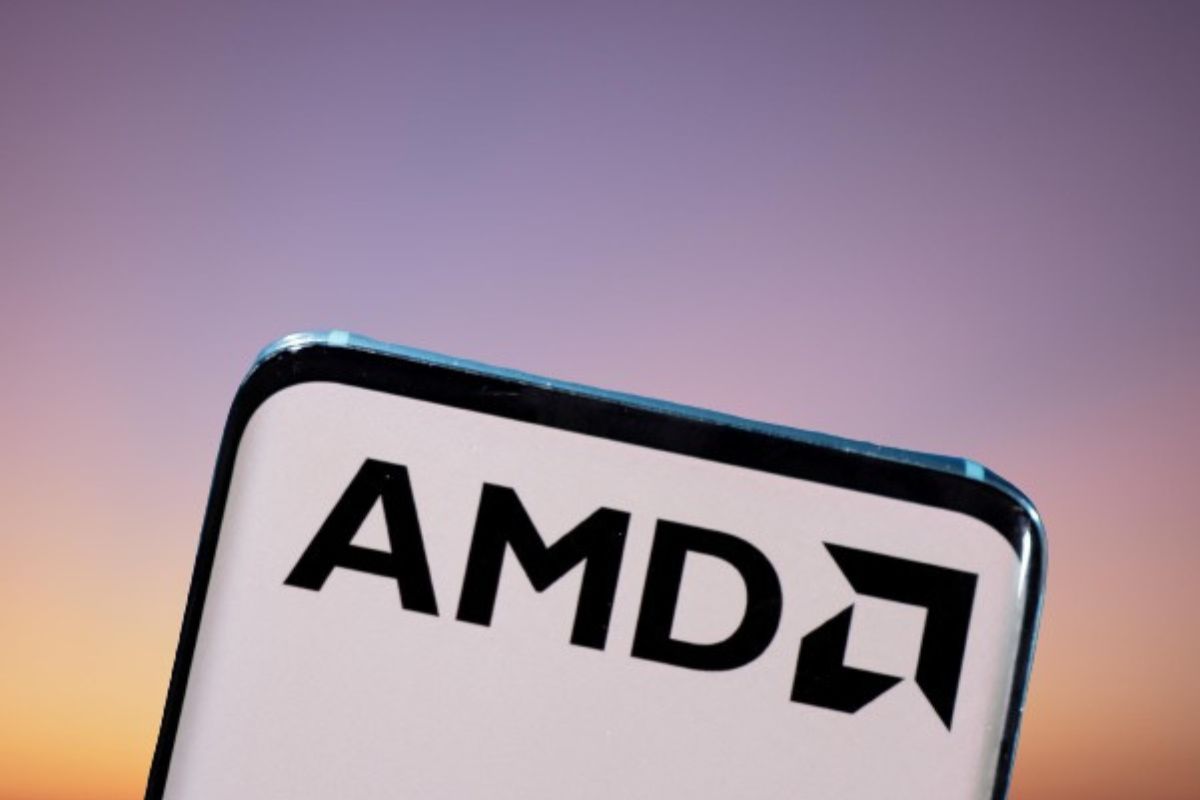AMD Raises AI Chip Forecast: In a surprising turn of events, AMD announced a staggering $1.5 billion increase in its AI chip forecast. This significant boost may seem like a cause for celebration, but it was met with a disappointing response from Wall Street. Investors were hoping for even more.
The Q4 results showcased strong growth in the data center sector, indicating a promising future for AMD. However, challenges still persist. The programmable chip market is declining, and industry trends are evolving, posing potential hurdles for the company. Additionally, the contraction in the gaming segment could have a notable impact on AMD’s overall revenue.
Amidst these concerns, there is a glimmer of hope. AMD’s client segment surge and future outlook offer some positivity. It will be interesting to uncover the intricacies of this captivating story.
Stay tuned.
Key Takeaways
- AMD raised its 2024 forecast for AI processors by $1.5 billion to a total of $3.5 billion.
- Wall Street investors were disappointed by AMD’s failure to meet their expectations.
- The increase in the AI chip forecast raised concerns about AMD’s ability to deliver on its promises.
- Wall Street questioned AMD’s strategic positioning in the competitive AI processor market.
AMD’s 2024 AI Processor Forecast: Disappointment for Wall Street
Despite raising its 2024 forecast for artificial intelligence (AI) processors by $1.5 billion to a total of $3.5 billion, AMD’s failure to meet Wall Street’s expectations has left investors disappointed and questioning the company’s strategic positioning in the competitive AI processor market.
Also Read: AI Sparks Market Surge: Nvidia and AMD Shares Jump as Analysts Boost Price Targets
The increase in the AI chip forecast was expected to ignite excitement among investors, but instead, it has sparked concerns about AMD’s ability to deliver on its promises. The disappointment felt by Wall Street is palpable, as they were eagerly anticipating AMD’s triumph in the lucrative AI processor market.
However, the company’s inability to meet these expectations has raised doubts about their strategic foresight and ability to compete with industry giants. This setback has left investors questioning whether AMD’s ambitious forecast was merely a façade or a true reflection of their capabilities.
Q4 Results: Strong Growth in Data Center, Yet Challenges Persist
AMD’s fourth-quarter results showcased significant growth in the data center segment, driven by strong performance in traditional server chips and AI processors, despite persistent challenges in the cloud computing market. While the overall growth is commendable, it is crucial to acknowledge the challenges that AMD faces in this sector.
Here are four key factors that contribute to the challenges AMD encounters:
- Subdued demand from cloud computing companies: The lackluster demand from these companies has affected AMD’s growth potential in the data center segment.
- Intense competition in the AI server processor market: AMD faces stiff competition from established players, making it challenging to establish a firm foothold in this competitive landscape.
- Technological advancements: The rapid pace of technological advancements poses a challenge for AMD to continually innovate and stay ahead of the curve.
- Uncertain market conditions: The unpredictable nature of the market adds another layer of complexity to AMD’s operations, making it difficult to navigate and anticipate future demand.
Despite these challenges, AMD’s strong growth in the data center segment signals its resilience and ability to adapt in a rapidly evolving market. With strategic planning and innovative solutions, AMD can continue to make strides in the data center space.
Programmable Chip Market Decline and Industry Trends
The decline in the programmable chip market has presented significant challenges, reflecting broader industry trends and shedding light on the changing semiconductor landscape faced by companies like AMD. The industry has been grappling with a chip supply glut, which has affected various sectors, including automotive and industrial.
This decline in the programmable chip market is a clear indication of the struggles faced by companies like AMD, as they navigate through a shifting landscape. With AMD’s fourth-quarter embedded segment revenue dropping by approximately 24% to $1.1 billion, it is evident that the programmable chip market is facing headwinds.
This decline serves as a wake-up call for the industry, highlighting the need for adaptation and innovation to stay competitive in an ever-evolving market.
Gaming Segment Contraction: Impact on AMD’s Revenue
How has the contraction in the gaming segment impacted AMD’s revenue?
Well, it seems like the gaming gods have turned their backs on AMD, as the company witnessed a staggering 17% contraction in the gaming segment, resulting in a disappointing $1.4 billion in revenue.
This decline can be attributed to the peak of revenue from chips designed for Microsoft’s Xbox and Sony’s PlayStation 5.
Let’s delve into the implications of this gaming market contraction on AMD’s overall financial performance:
- Decreased demand for console chips: With the sales of Xbox and PlayStation reaching their peak, the demand for AMD’s console chips has dwindled, leading to a significant drop in revenue.
- Cyclical nature of the gaming market: The gaming industry is notorious for its cyclical nature, with console sales surging during new product releases and then tapering off. AMD’s revenue is directly impacted by these fluctuations.
- Increased competition: AMD faces fierce competition from rivals in the gaming segment, such as NVIDIA. This intensifying competition further compounds the challenges faced by AMD in maintaining revenue growth.
- Need for diversification: The contraction in the gaming segment highlights the importance of diversification for AMD. Relying heavily on gaming revenue can leave the company vulnerable to market fluctuations, emphasizing the need to explore other sectors and markets.
AMD’s Client Segment Surge and Future Outlook
As the gaming segment contracts, AMD finds solace in the surge of its client segment, signaling a promising future and potential market growth. The company’s client segment experienced a remarkable 62% surge, reaching $1.5 billion. This resurgence reflects a return to the seasonal buying pattern and marks a significant recovery from the pandemic-induced trough in PC chip demand.
AMD’s CEO, Lisa Su, remains optimistic about the future outlook, anticipating further market growth in the second half of the year. The increasing popularity of PCs with built-in artificial intelligence capabilities is expected to be a key driver in this growth. With such impressive performance in the client segment, AMD’s future appears bright, reaffirming its position as a leading player in the industry.
| Fact | Value |
|---|---|
| Surge in client segment | 62% |
| Client segment revenue | $1.5 billion |
| Anticipation of future market growth | High |
Conclusion Of AMD Raises AI Chip Forecast
AMD’s decision to raise its AI chip forecast by $1.5 billion may have disappointed Wall Street, but it is a clear indication of the company’s commitment to the rapidly growing field of artificial intelligence.
Despite challenges in the data center and gaming segments, AMD’s strong growth in the client segment suggests a promising future.
As the programmable chip market declines, AMD’s focus on AI technology positions them well for success in the coming years.
Our Reader’s Queries
Q1 What is AMD doing for AI?
A AMD brings artificial intelligence (AI) capabilities to laptops and has future plans to extend AI to desktops and workstations. This initiative aims to introduce new applications that enhance business productivity and collaboration, foster creativity, and provide advanced security features.
Q2 What is AMD dedicated AI XDNA technology?
A The AMD XDNA represents a spatial dataflow Neural Processing Unit (NPU) architecture, comprising a tiled array of AI Engine processors. Each tile within the AI Engine incorporates a vector processor, a scalar processor, along with local data and program memories.
Q3 What is the 12 month price target for AMD stock?
A According to 40 analysts providing 12-month price projections for Advanced Micro Devices Inc, the median target stands at 165.00, with a high estimate of 220.00 and a low estimate of 100.00. This median estimate reflects a -6.93% decline from the company’s recent trading price of 177.29.
Q4 Why is Nvidia beating AMD?
A Historically, Nvidia cards commanded a premium compared to AMD cards, attributed to their superior RT performance and DLSS, despite having lower VRAM. However, the practical utilization of RT features in games has been limited, maintaining this trend.




